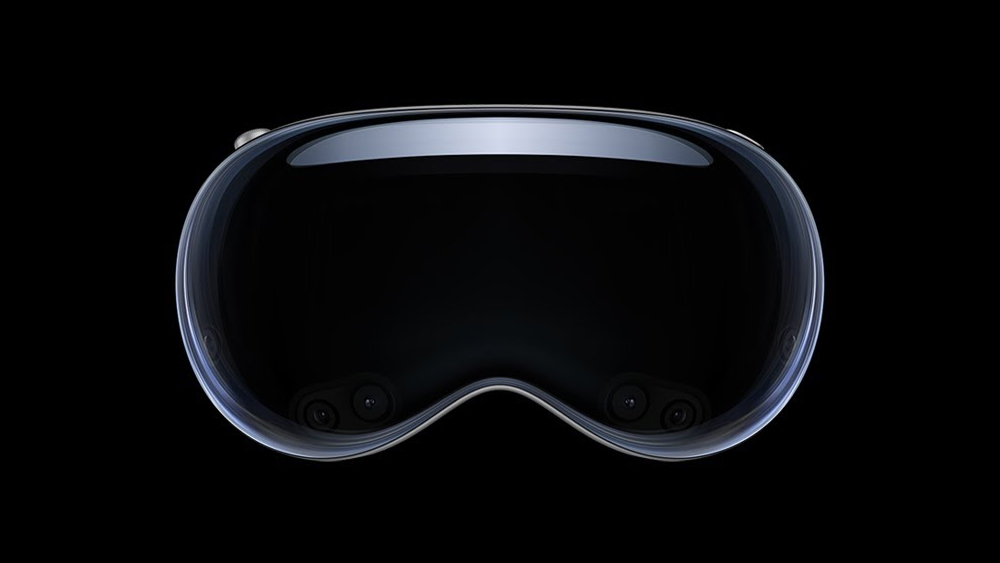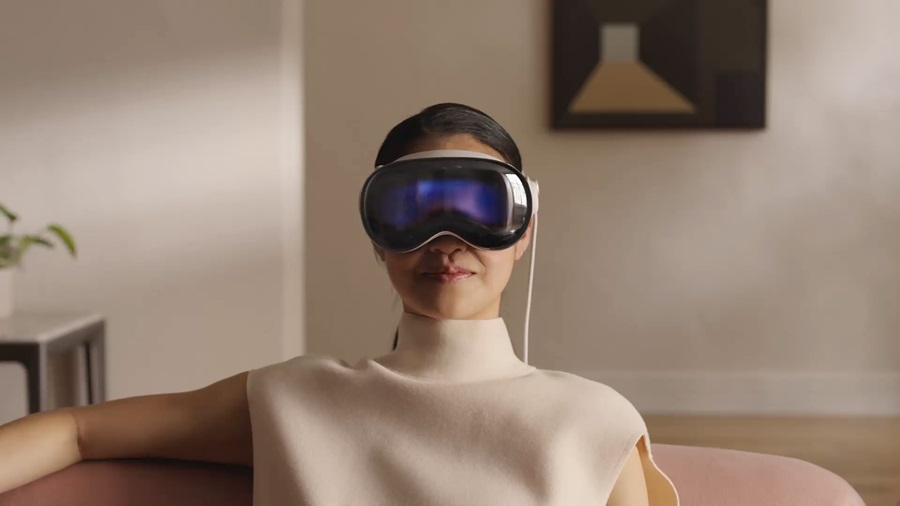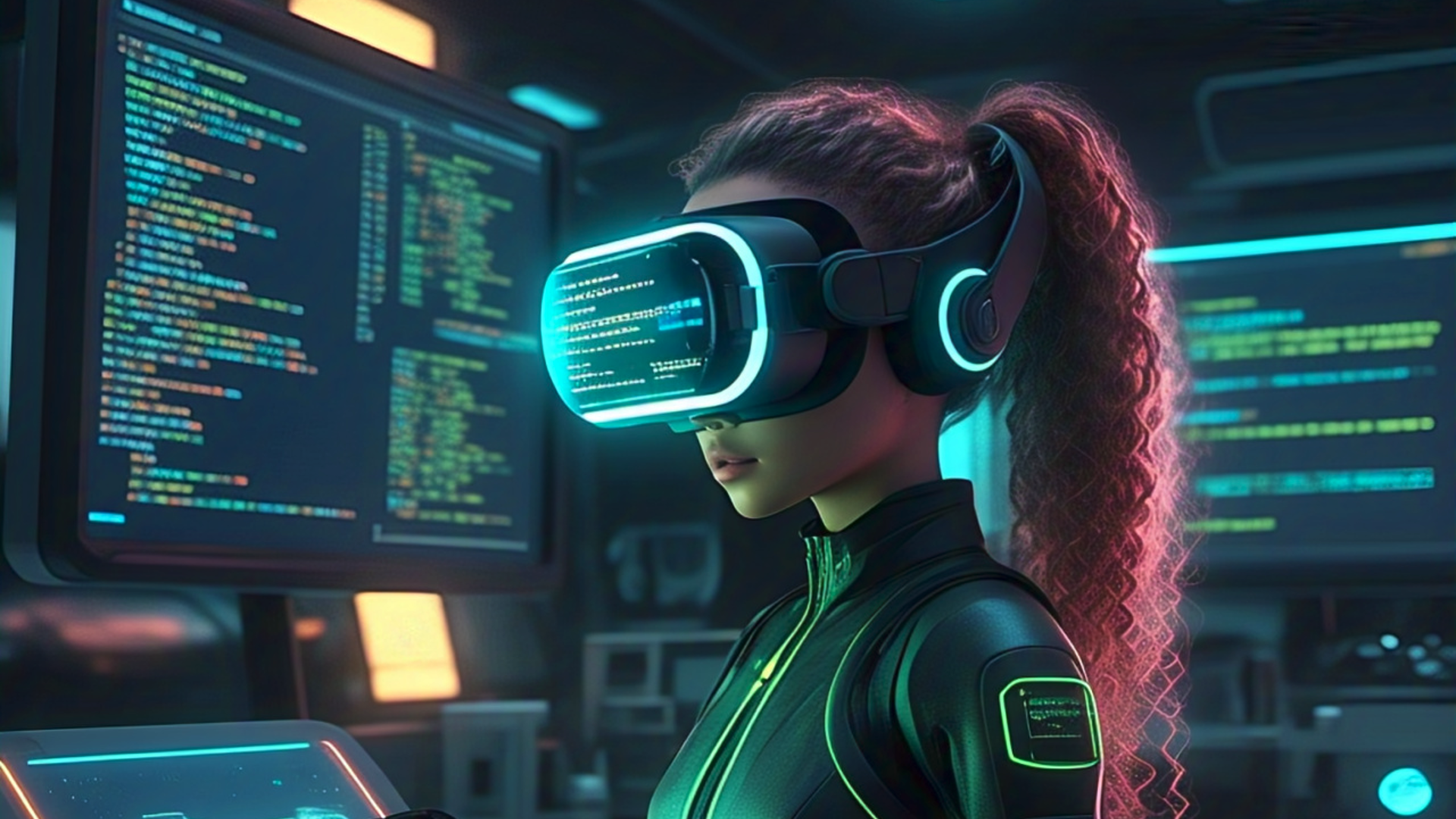Few XR device releases have sparked as much debate as the newly launched Apple Vision Pro headset. In fact, few releases of any cutting-edge tech have done so, but since the Vision Pro hit the shelves last week, it has polarized opinions, becoming a lightning rod for discussions about the future of spatial (and personal) computing.
It seems there are currently two camps in this debate: those who love it, and those who hate it and everything that it represents. To this point, AWE co-founder, Ori Inbar notes: “For every new technology there are those who like it, those who hate it, and usually a big group that just doesn't care. When it comes to Apple Vision Pro, people seem to be split into two groups – those who either passionately love it and those who passionately hate it – with very few that stay apathetic.”
By now you’ve likely seen some of the many viral moments that have been captured, including those of Vision Pro users wearing their headsets whilst driving a Cybertruck or riding the New York subway.
The comment sections of these viral videos seem divided, as do wider opinion pieces on the device. From technology journalists, knowledgeable enthusiasts, and VR investors, to those who have little to no experience with spatial computing all weighing in on the debate – one thing is for sure, Apple’s first foray into the XR market is already making headlines.
In this post, we’ll take a look at some of the reasons people are absolutely loving this new XR product from the world’s richest company, and why others want absolutely nothing to do with it.
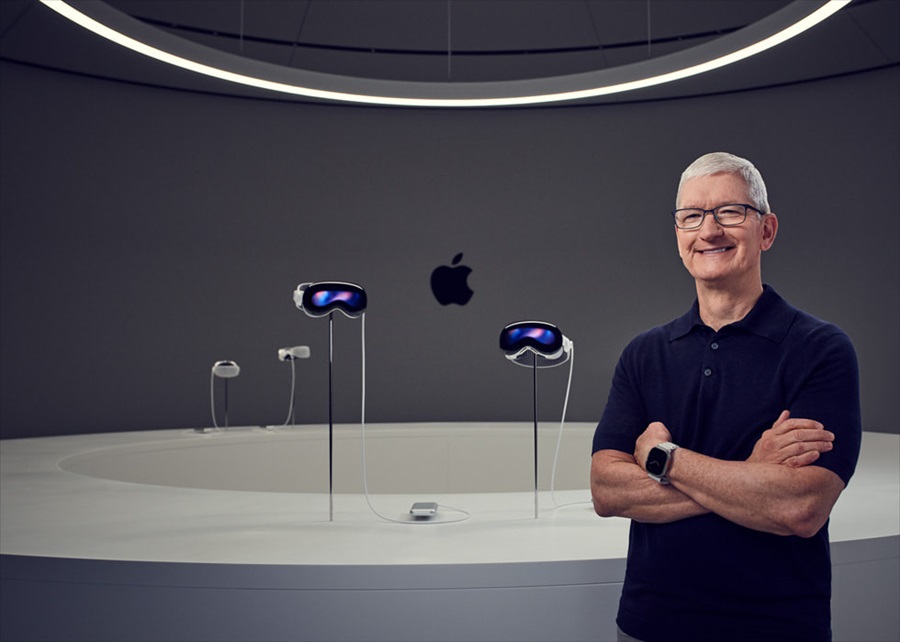
Vision Pro: “Lets Goooo”
The Vision Pro has been released to a chorus of praise for its demonstration of the groundbreaking potential of spatial computing. The Vision Pro isn't just a headset; it's a portal to immersive experiences that are already allowing users to transcend the confines of their two dimensional screens.
One of our favorite lines from this Vanity Fair article about the Vision Pro actually said: “When I take it off, every other device feels flat and boring” – and this is the sentiment for many users. The Vision Pro is simply allowing them to interact with their digital identity in a much more real way, which is leading to some profound experiences.
The device has been welcomed by a fanfare from much of the AR/VR crowd. But these are the people who themselves are already aware of the benefits that spatial computing can bring to the world. When it comes to your average consumer who doesn’t really have anything to do with XR in their day-to-day, the feedback has been more critical…
Vision Pro: “Oh No”
Positives aside, there are several points of contention surrounding the device, however the main concerns currently seem to be about privacy and user (as well as non-user) safety. From a privacy perspective, some critics argue that the Vision Pro, with its advanced facial recognition and data collection capabilities, could infringe on personal privacy.
Considering the Vision Pro features five sensors, six microphones, and 12 cameras, it is no surprise that those who are on the other side of the device’s glass are already concerned about its use in public, and it may raise questions regarding exactly what type of data is being captured and processed by Apple. It also seems that there may be a fear that with devices such as the Vision Pro, we could be unintentionally sleepwalking our way towards a surveillance society, where our every glance is monitored and monetized.
On the safety side of things, as mentioned above, videos have already surfaced of Vision Pro users operating their vehicles whilst simultaneously using the headset. This clearly poses inherent risks, and despite the device’s impressive passthrough functionality, the headset itself is not actually transparent – there is still a mass of hardware, circuit boards and screens between the user and the real world. If the device were to lose power or experience a technical glitch, the user would be unable to see, something that is certainly not recommended for driving.
This sort of use would not only endanger the user/driver themselves, but also any other pedestrians or road users nearby. It goes without saying that this sort of behavior should probably not be recreated on public roads, and is understandable why videos highlighting this sort of thing have got the non-tech crowd up in arms about the device’s safety.
Pros and Cons
To summarize what a lot of the commentary has been saying so far on the device, here are some quick pros and cons that have been noted by many popular tech bloggers and reviewers:
Why People Love It – Apple Vision Pros:
- Display Quality: The display is described as a technical marvel, offering the best video passthrough experience on any XR device yet.
- Tracking Capabilities: Hand and eye tracking are highlighted as significant advancements, suggesting an intuitive and futuristic way of interacting with digital content.
- Ecosystem Integration: Seamless integration with Apple’s ecosystem really helps to enhance the user experience, ensuring compatibility and continuity across devices (obviously, if you’re an Android or Windows fan, this may be a con).
- Spatial Computing Features: The ability to place windows and apps in the physical space around the user is not something that macOS, iOS or iPadOS users have experienced on their devices before. With visionOS, it offers an entirely new way of interacting with familiar apps within digital environments.
Why People Hate It – Apple Vision Cons:
- High Cost: The device comes with an eye-watering price tag of $3,499, which will likely limit its accessibility to a broader audience.
- Video Passthrough Limitations: Despite being the best yet, video passthrough is still not perfect and can be blurry, indicating room for improvement in realism.
- Inconsistent Tracking: Hand and eye tracking, while advanced, can be inconsistent and frustrating, suggesting the technology may not always work as expected.
- Unsettling Personas: The personas feature is described by many as being “uncanny” and just overall, not very good, potentially detracting from the user experience and decreasing immersion.
- Isolation: Some reviewers have noted a sense of loneliness when using the device, as it isolates the user from their surroundings and other people.
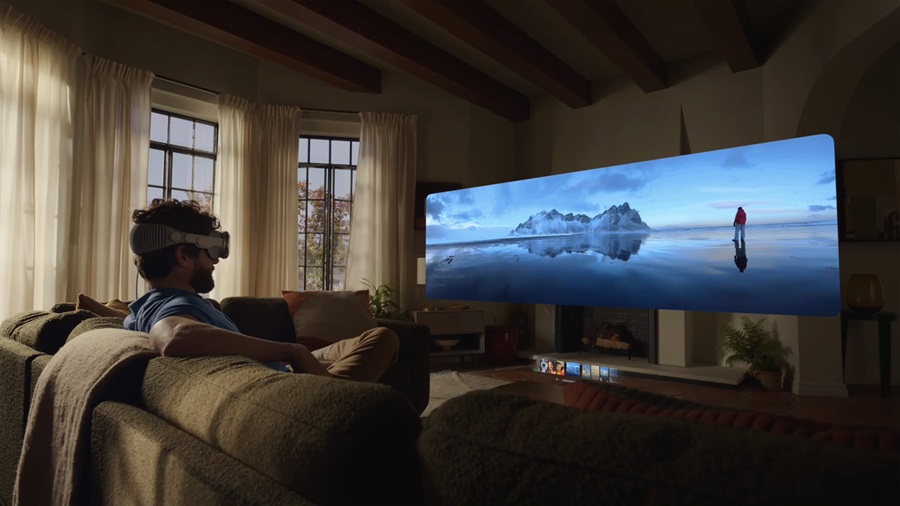
Seeking Balance
For now it seems, the truth lies somewhere in the middle. Technology, by its very nature, is disruptive. It challenges old paradigms and forges new pathways. The Vision Pro, with its blend of virtual and augmented realities, is no exception.
So, as easy as it is for the conversation to be about choosing sides on the Vision Pro—i.e. “love it” or “hate it” as well as for/against Apple—we should instead be focusing on what this device already has done for XR within a couple weeks of its launch, and what it will continue to do for the XR industry as a whole.
The Future of Spatial Computing
One thing that is certain about the Vision Pro is that it is the start of a journey and the first in a completely new line of devices for Apple that promise to revolutionize how we learn, create, and collaborate using XR technology.
This early reception to the device, both the praise and the criticism, will likely influence the trajectory of other wearable and XR technologies for years to come. Apple often represents a benchmark that other technology companies strive to match, and the launch of the Vision Pro will be no different in this regard.
With Apple entering the spatial computing arena, it will not only force competitors to be more innovative, but the increased awareness that the Vision Pro has already brought to the AR/VR space will be priceless for the industry. As the saying goes, a rising tide lifts all boats.
Apple Vision Pro and AWE 2024
Whichever way you look at it, the launch of the Apple Vision Pro is the biggest thing to happen to XR in the last decade. As the AR/VR community’s central hub and gathering space, AWE USA 2024 will of course be exploring what the device has to offer to both the XR industry, and the wider world.
This year, we’ll be putting on a full day pre-conference workshop that will provide an overview of Apple Vision Pro for developers, designers, and product managers. The ‘AWE Vision Workshop’ will be held on June 17, one day before AWE USA 2024 kicks off. During this workshop, we’ll be unpacking all things Apple Vision Pro at the Long Beach Convention Center, from building apps to mastering visionOS.
Spots are going to be as coveted as the device itself, so if you’re interested, make sure you get your tickets now, as this will sell out. Plus, with Super Early Bird rates in effect, you can book a 3-day conference pass (June 18-20, 2024) plus a 1-day Vision Workshop for less than $800.
